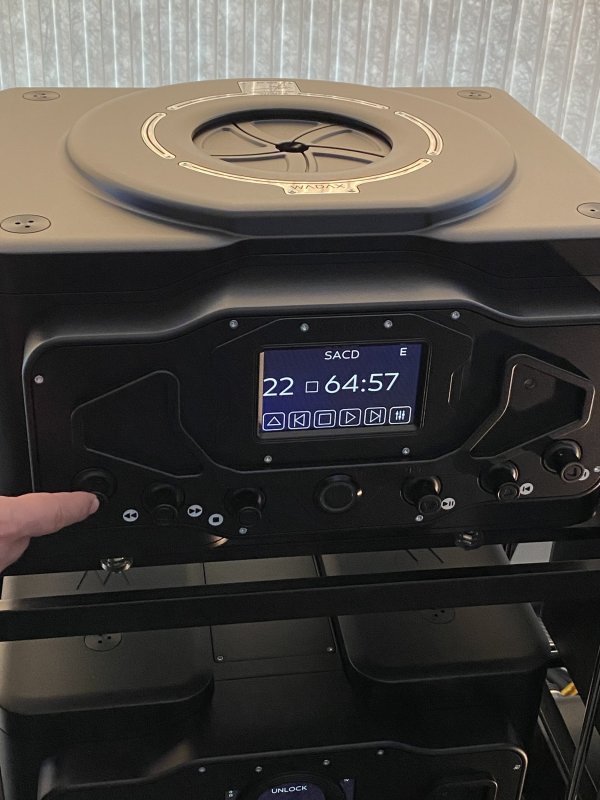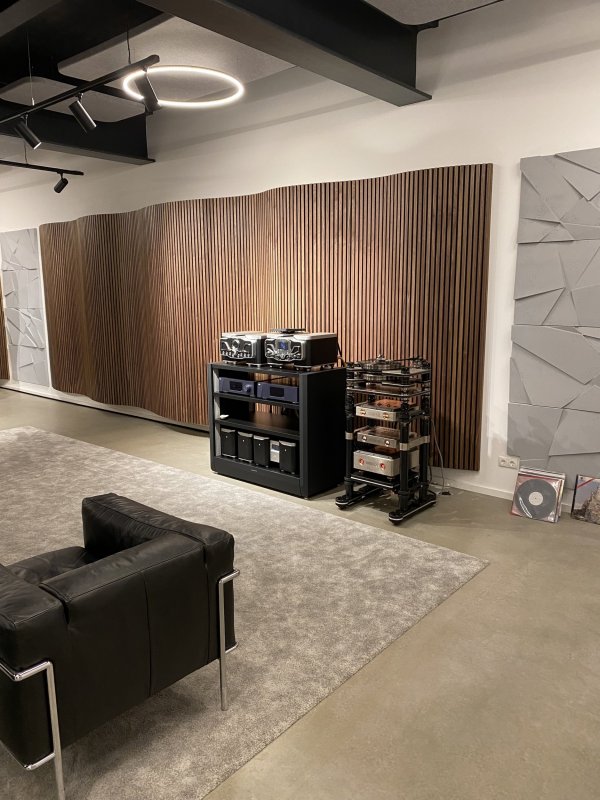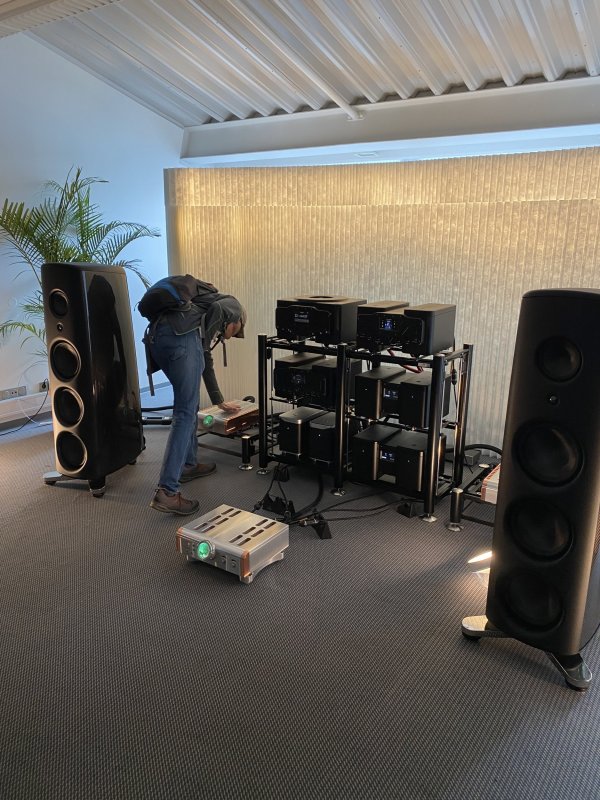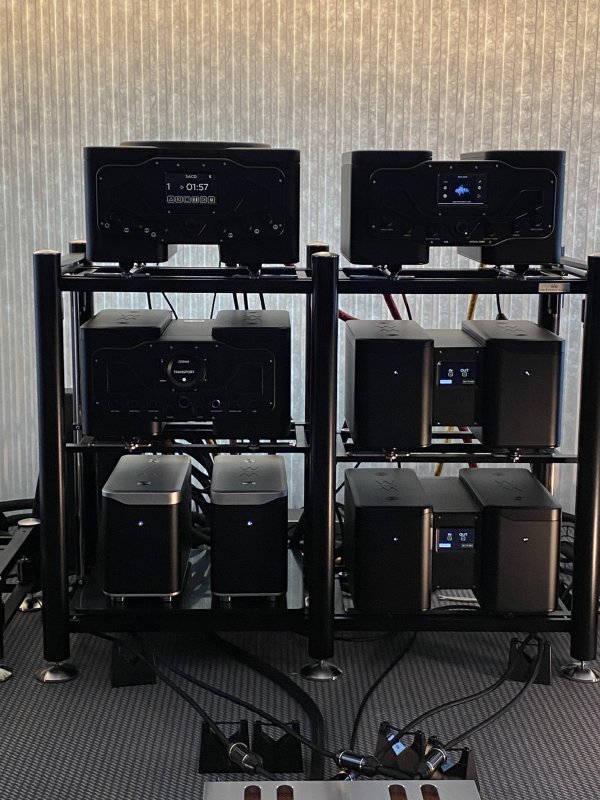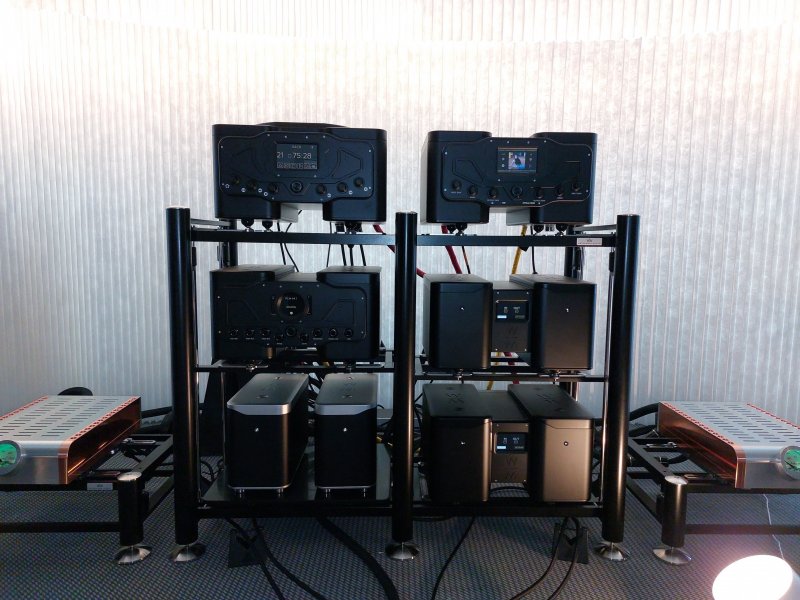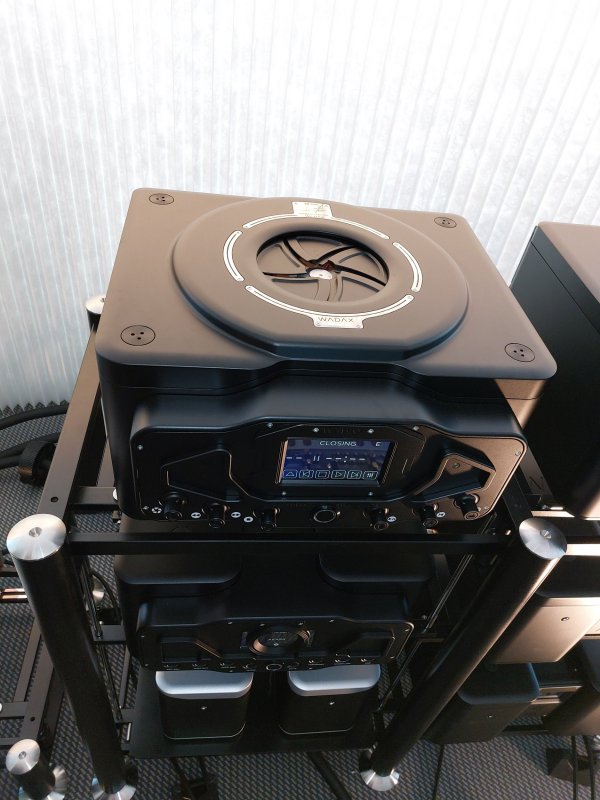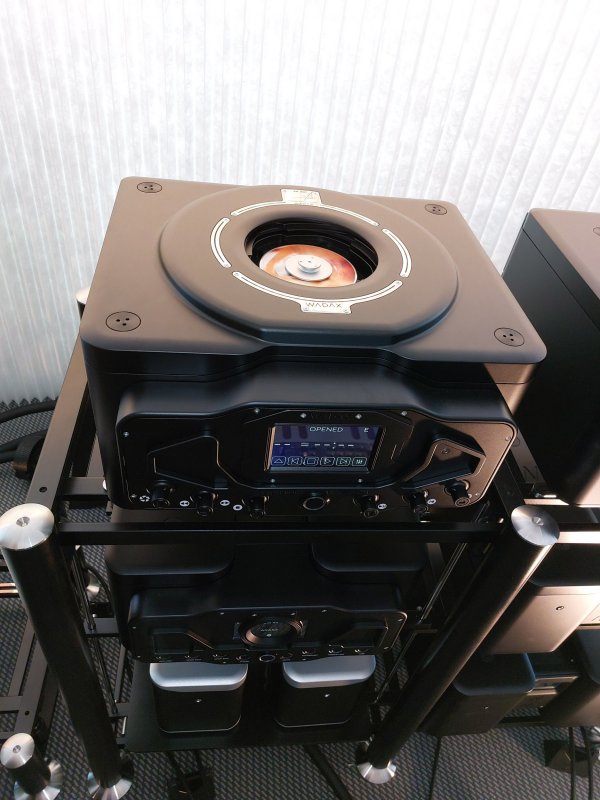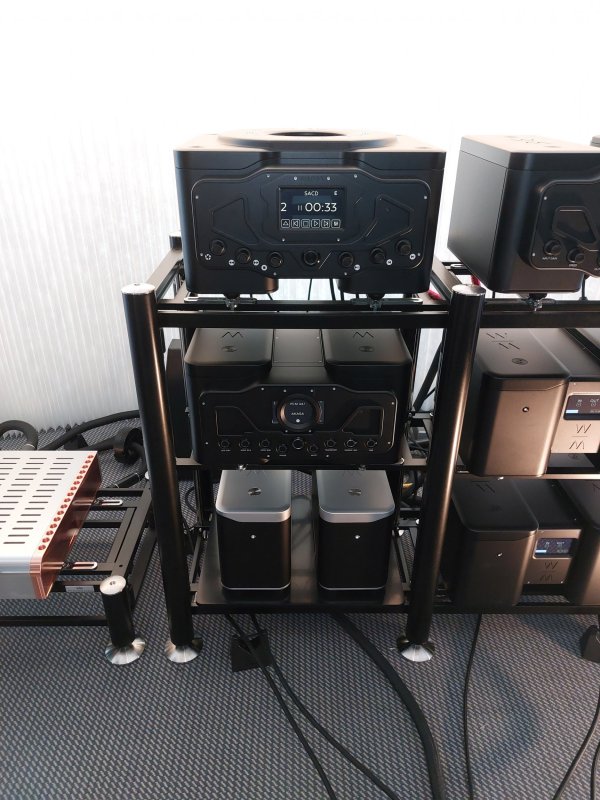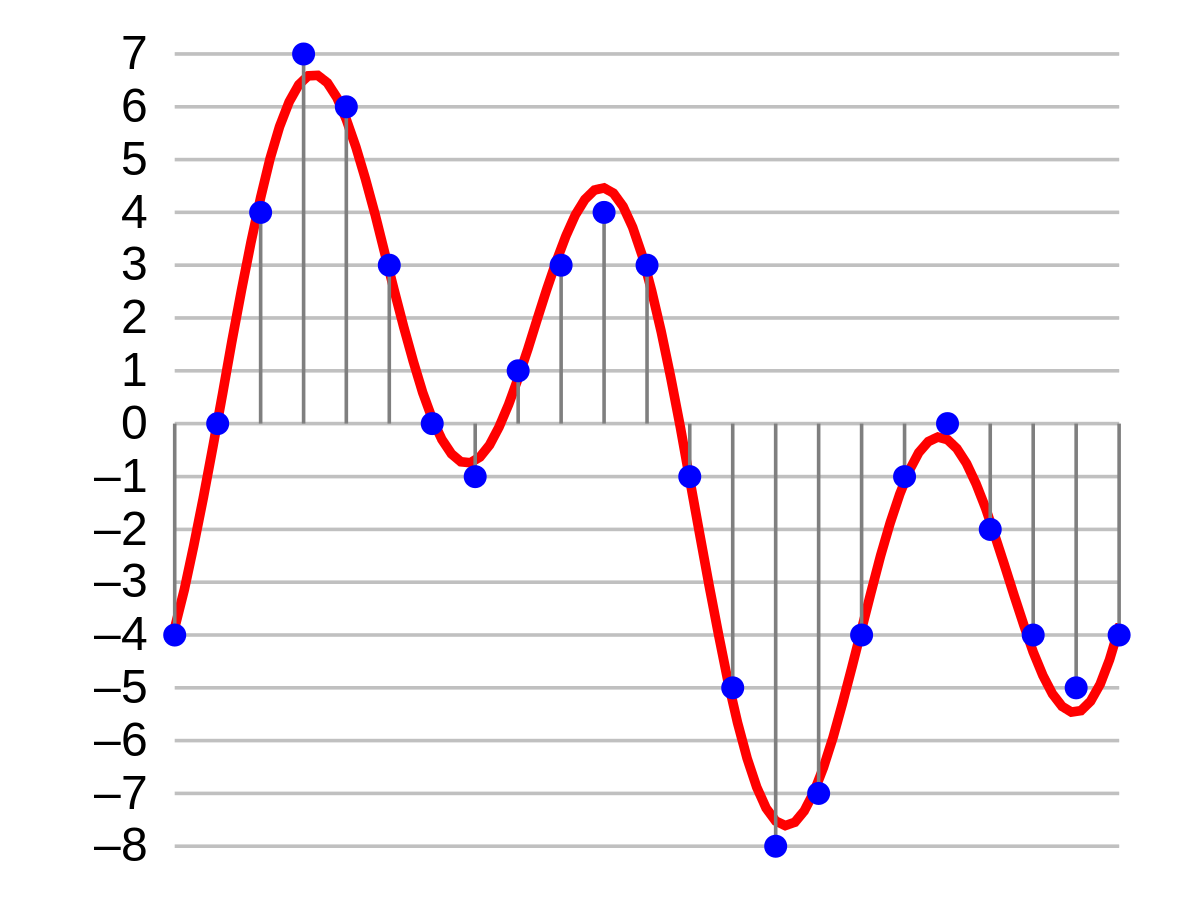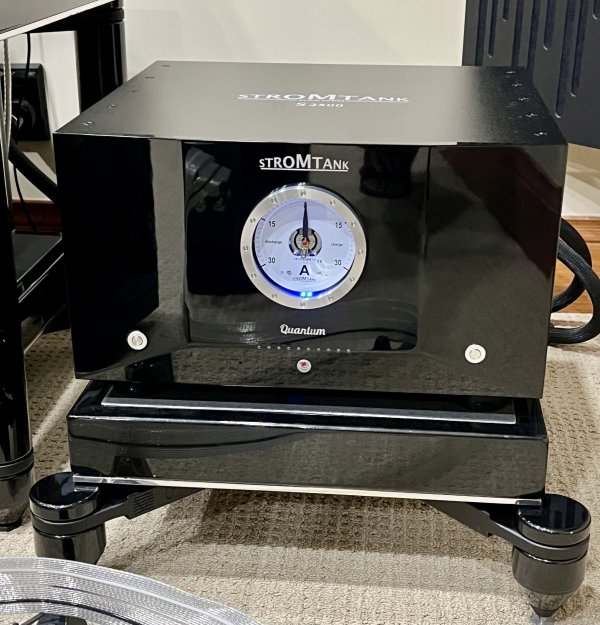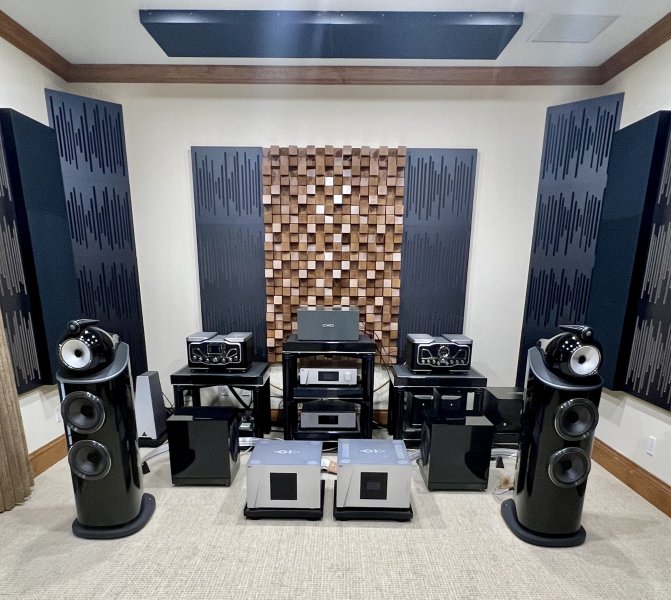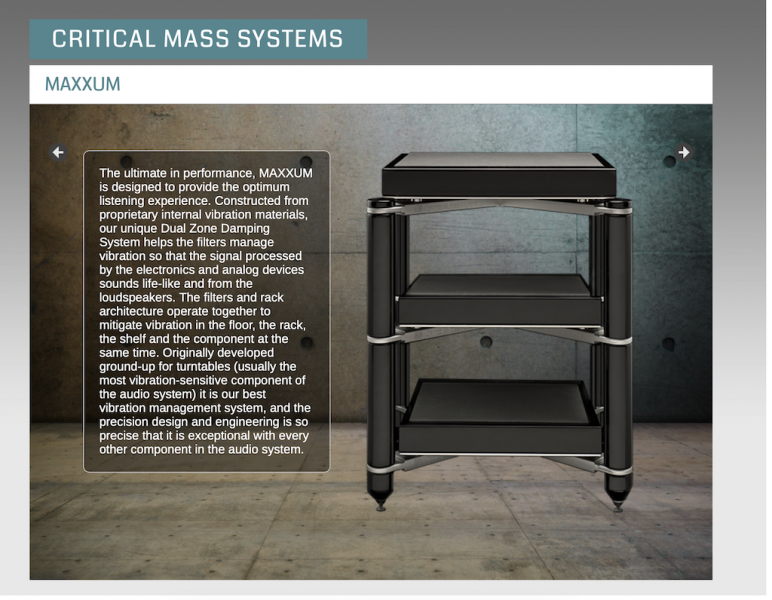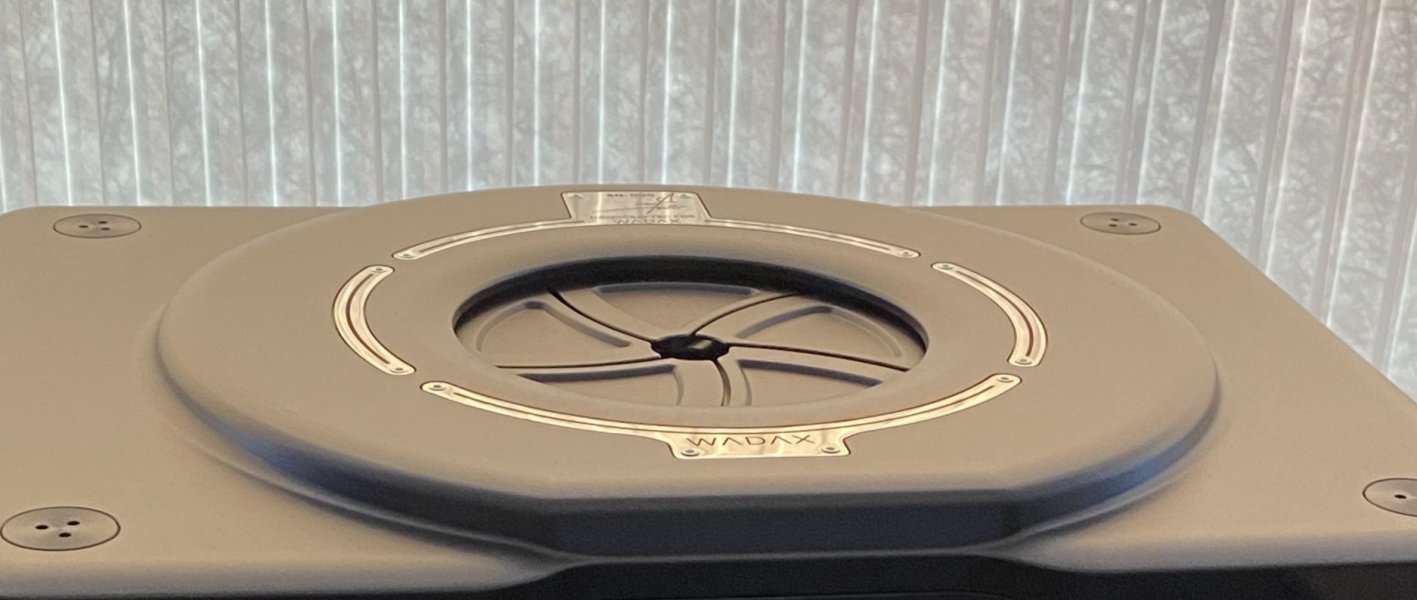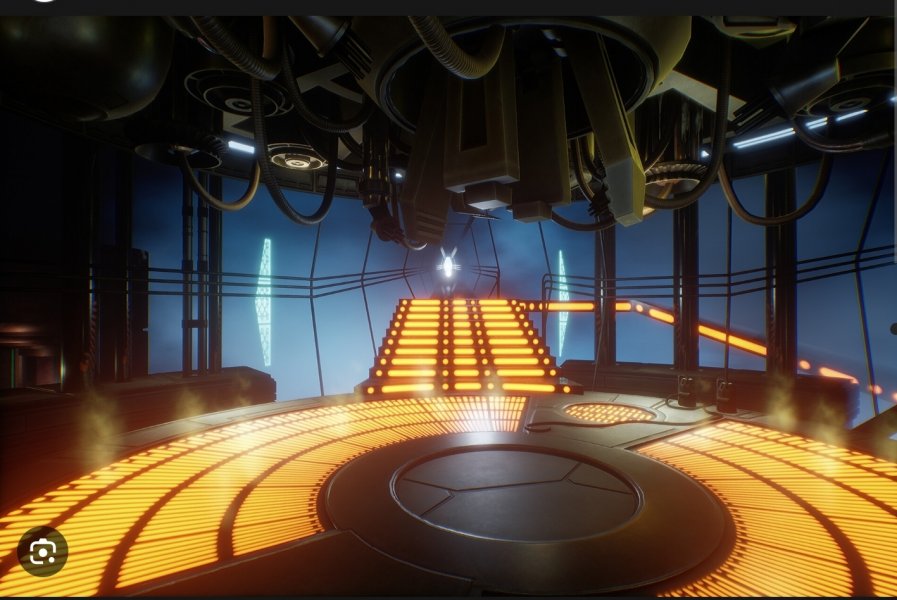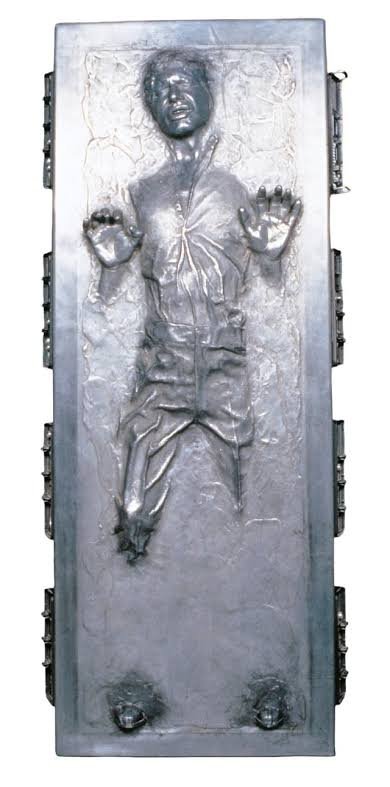I really don't like it when "conventional wisdom" becomes an "immutable physical limit" so I would like to clear some things up.As an engineer you should know that a 20-bit resolution at a DAC output is the best that is achievable in practice.
From:
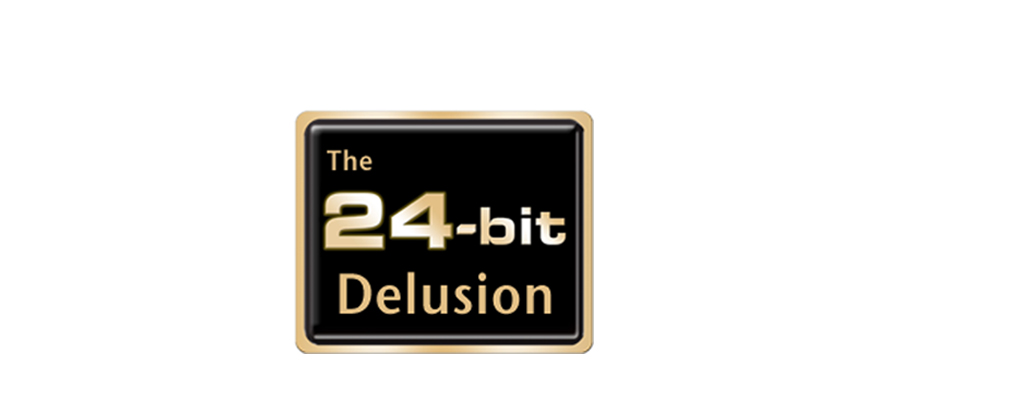
Noise Floor:
Dynamic range is the loudest possible sound and noise floor is the quietest.
We already know that a quiet room has a background noise level of about 30db that we need to rise above. Even if the system is playing above the 30db room noise, the power supply in a DAC will mask the LSB if the peak-to-peak voltage of the noise in the power supply is not less than the voltage of the LSB.
In order for a DAC to actually resolve a specific bit depth the peak-to-peak voltage of the ripple in the power supply has to be lower than the voltage of the LSB. And in order for a DAC to resolve a specific sampling rate the speed of the power supply has to be faster than the sampling frequency.
Based on a 2.5V output of a single-ended DAC (about average), below are the voltages power supply noise must be below in order to hear the LSB:
16-bit LSB noise floor voltage = 76uV
20-bit LSB noise floor voltage = 4.75uV
24-bit LSB noise floor voltage = 0.3uV
For a reference, the common LM317 power regulator, the quality used in most commercial electronics, has about 150uV peak-to-peak noise and the best ultralow-noise power regulators used in the best-of-the-best of audiophile electronics have about 5uV of peak-to-peak noise. So even the 5V output of a balanced DAC could not resolve anything close to the LSB voltage of a 24-bit recording.
Sorry to burst anyone's bubble and contradict the marketing hype, myth, and legend in the audiophile industry, but just because a DAC is capable of decoding 24-bits doesn't mean it is capable of actually resolving that bit-depth in its analog output stage.
According to the experts who manufacture the finest DAC chips, resistors, and power regulators, there is theoretically no way to make electronics that are capable of discerning much greater than a 20-bit resolution (120dB dynamic range). Any company who claims 24-bit resolution from their DAC is simply full of shit. Oh they can decode 24-bits, because 24-bits does exist on the digital side, but the analog output stage in the world's best DACs are not capable of resolving much more than 20-bits of dynamic range.
And don't even get me started on DACs with tube output stages: the lowest noise floor of a tube output stage is about 90dB which means despite whatever a manufacturer may claim no tube DAC can even resolve the dynamic range in a 16-bit recording let alone a 24-bit recording.
(End quote.)
***
But of course you didn't know that, Carlos.
All your self-proclaimed "technical expertise" notwithstanding.
The posturing here is all too funny.
First, a power supply is simply a stiff buffer amplifier fed with a reference signal. While it is not simple or cheap, making a reference that is sub 1uV in the audio range (20-20000Hz) is definitely possible, usually you would use parallel, very low noise buried Zener references and then filter the output to attenuate the remaining noise. If you then feed that reference into a very low noise buffer you have a sub microvolt noise power supply. For really low noise applications there will usually also be post regulator passive filter to shave a few more dB off and also filter out the inevitable high frequency noise. However sub microvolt regulators are not even strictly necessary for sub microvolt DAC noise outputs. You can use common mode rejection in the DACs design to gain a significant number of dB of power supply rejection in the DACs output. So, a well designed DAC will have significantly lower output noise than the noise present on its power supply(s).
Next your numbers for the noise floor voltages of theoretically perfect DACs are not correct. For a theoretically perfect DAC the formula for perfect signal to noise ratio for the DACs full bandwidth is about 6.02 * number of bits + 1.76. For a 24 bit DAC that would be 146.24dB, for your hypothetical 24bit 2.5Vrms output DAC that would be 0.122uVrms. If you wanted to add a bit of dither to your 24bit signal (usually a good idea for many reasons) 3dB should be sufficient leaving your perfect 24 bit DAC with at least 143dB of dynamic range or 0.177uVrms of noise.
Next DACs with true Signal to Noise Ratios (SNR) of over 146dB in a 20kHz bandwidth exist and are therefore possible. The fourth commercialized DAC I designed (MSB Select DAC) actually achieves 146.48dB SNR, which is slightly more than 24 bits of effective resolution in a 20kHz bandwidth. Achieving the noise floor of 0.165uVrms was very difficult and necessitated completely removing any buffer from the output which would have raised the noise floor at least 5dB for any analog design I could manage. The output stage had to be made completely passive. It also necessitated an extremely low output impedance (75 Ohm) from the DAC itself and a large full scale output voltage (3.52Vrms) for the converter. The astute reader will realize that the DAC actually has a noise figure (the difference between the noise of a resistor at a specific temperature and the actual noise generated by a circuit) of only 0.6dB, so only 0.6db worse than a noiseless signal in series with a 75 Ohm resistor at room temperature (0.156uVrms). Or another way of putting it, a perfect signal in series with a resistor at 60 degrees Celsius. Needless to say it WAS very Difficult to design a DAC capable of a noise floor of 0.165uVrms (20kHz bandwidth while playing a -90dB 32bit digitally generated 1kHz sin wave signal), but it certainly was not impossible.
Analog designs of similarly wide dynamic range amplifiers are much harder in my opinion. I have made amplifiers with extremely low output noise, and amplifiers with huge output voltages, but I personally have yet to crack any amplifier with more than 142dB of dynamic range and most of my commercialized designs are closer to 140dB. An example of this is the MSB Reference headphone amplifier is series with an MSB Reference DAC (150 Ohm output). This combination has a noise voltage floor of 1.68uVrms (20Khz bandwidth) and a full scale output of 15.6Vrms without touching the volume control. So that’s a dynamic range of 139dB. Converted to an effective number of bits this is 22.8 bits of effective resolution. This is dominated by the amplifier because the MSB Reference DAC itself has a dynamic range of about 143.5db or 23.5 bits of effective dynamic range in the audio band.


